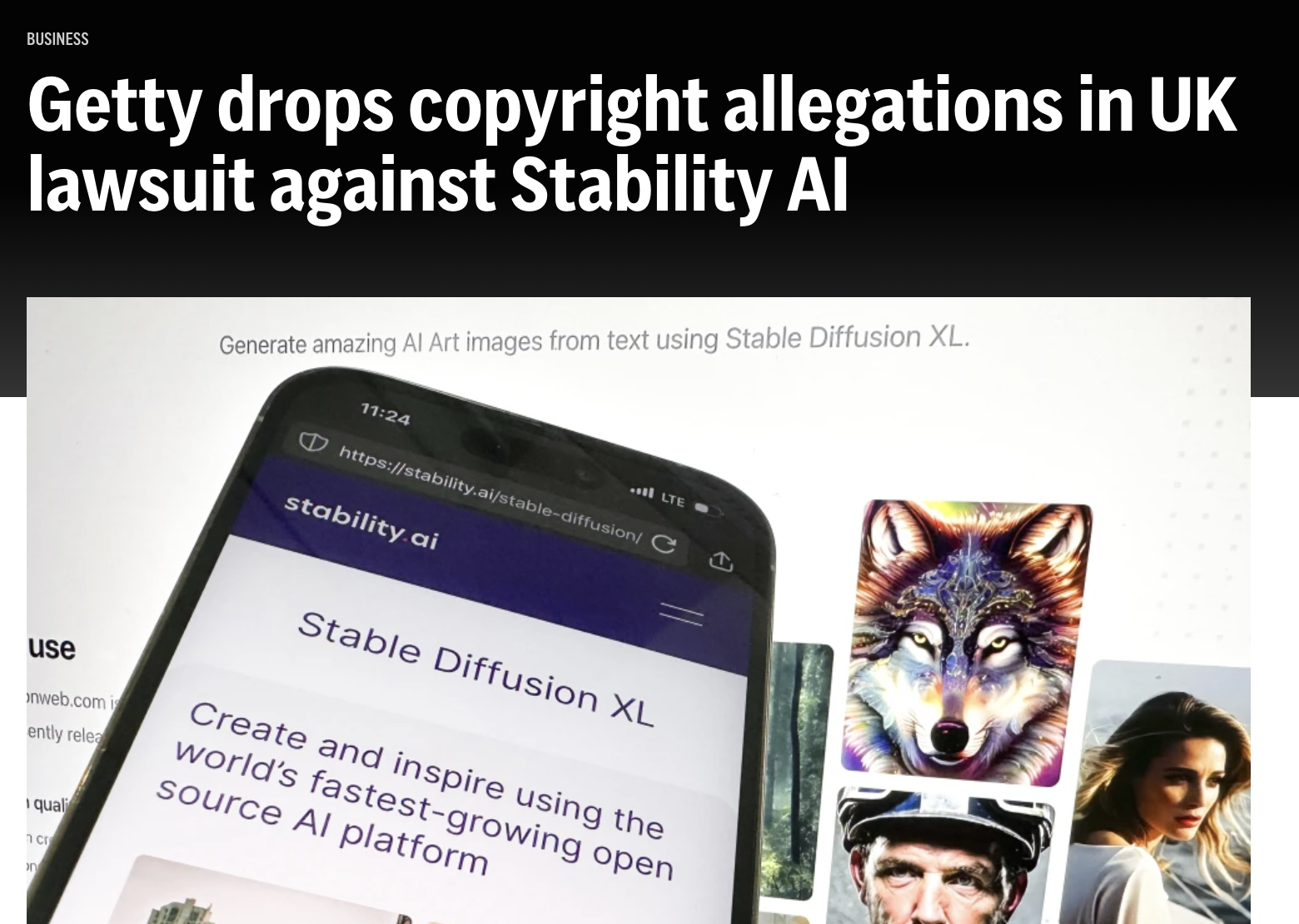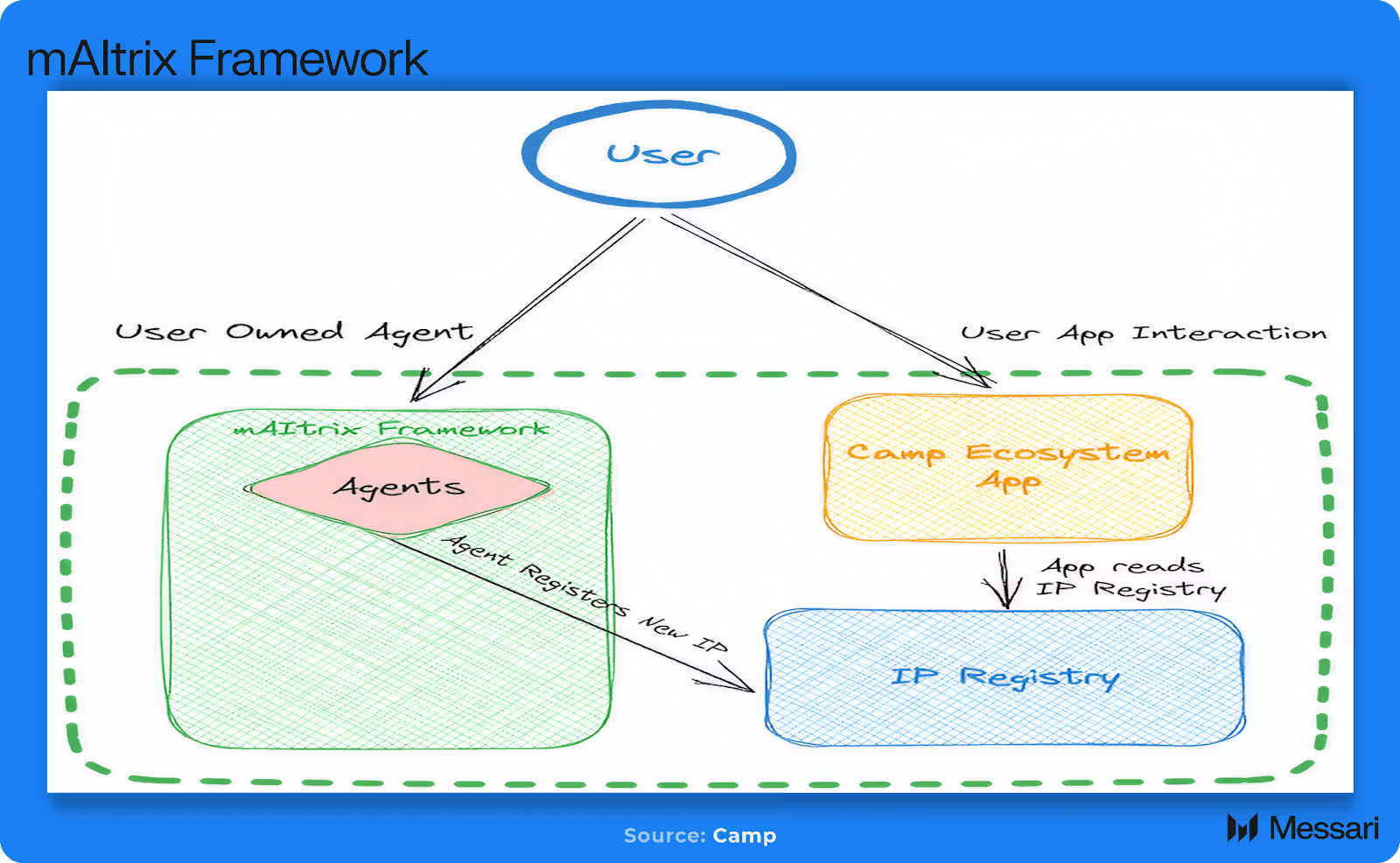The wave of generative AI is reshaping the content industry. Over the past two years, tools like ChatGPT, Midjourney, Suno, and Runway have allowed people to experience firsthand how the speed and cost of creation are being exponentially compressed. With just a prompt, one can generate songs, illustrations, images, and even short videos. AI has not only become an "assistant" but has even taken on the role of a "creator" in certain scenarios. Behind this seemingly boundless creative landscape lies a growing contradiction: where does the training data that supports these models come from? Have they obtained legal authorization? Can the creators of the data used receive fair compensation? This is no longer just a legal or ethical issue; it is a key proposition that directly affects the future structure of the content industry.

Looking back at the copyright system of the past few decades, we find that its operational logic fundamentally relies on registration, contracts, and judicial litigation. This may have been sustainable in the era of printed publications, physical records, and film works, but today, faced with the massive data required for AI training, this mechanism has almost completely failed. Thousands of songs, billions of images, and countless text fragments are silently absorbed into the training libraries of models, with their authors unable to stop it or benefit from it. This mismatch not only erodes the enthusiasm of creators but also puts AI products themselves in potential compliance crises. Several ongoing lawsuits in the United States—such as the lawsuit by writers against OpenAI and Getty Images' lawsuit against Stability AI—have already indicated that copyright disputes are no longer marginal issues but core risks that will directly impact the commercialization paths of AI companies.
It is against this backdrop that I read the report "Camp Network: The New IP Layer" published by Messari. The report proposes a highly enlightening concept: the IP Layer, or "the new foundational layer of intellectual property." Its core idea is to make IP a digitally native asset that can be registered, tracked, and circulated on-chain, naturally possessing rights confirmation and transfer functions like Bitcoin or Ethereum. This idea made me realize that we are approaching a reconstruction of institutional forms. In the past, intellectual property relied on external systems and institutions for confirmation, but in the future, it may be directly embedded in code, achieving automation of rights confirmation, authorization, and profit distribution.

Camp Network is an early experiment of this idea. It proposes to start with gas-free registration to lower the usage threshold for creators; then, through the Origin framework, it allows works to be confirmed on-chain and possess circulation functions; and finally, it collaborates with music and short video platforms to bring specific application scenarios to fruition. Music and short videos are not randomly chosen tracks, as they are precisely the areas with the most frequent copyright conflicts. Countless musicians complain that their works are reused on TikTok without compensation, and countless short video creators find their content being scraped for AI model training without even leaving a signature. Camp attempts to answer these questions with on-chain rights confirmation and contract logic, automating the registration, use, and profit distribution of content. While it may not disrupt the existing system in the short term, it has already proven one point: the rights confirmation and circulation of IP can indeed be redesigned without completely relying on old laws and platforms.
Beyond Camp, there are other equally important explorations. Story Protocol positions itself more like an IP operating system, encouraging creators not only to register their works but also to allow others to create derivative works on-chain, with all revenue from derivative works being traceable and automatically distributed. This way, the future content ecosystem may increasingly resemble the logic of open-source software, where each new work could become the foundation for the next creation. This not only lowers the threshold for collaboration but also creates network effects in the act of creation. Numbers Protocol takes a different path, focusing not on copyright ownership but on the authenticity of content. In an era filled with AI-generated images and deepfake videos, determining the source of a news video or a photograph has become a problem that society must face. Numbers establishes traceability records for each piece of content through blockchain, making the generation devices and transmission paths immutable. This has garnered particular attention from the media and arts industries, as authenticity itself is a new form of scarcity. KOR Protocol is even more vertical, choosing the music industry as its entry point. The music industry has long been constrained by complex copyright agencies, resulting in low transaction efficiency and opaque profit distribution. KOR enables DJs or producers to directly use others' music and settle profits instantly through on-chain registration and contract authorization, thus bypassing traditional intermediaries. Bittensor, on the other hand, resembles the other side of the AI incentive network; it does not address copyright issues but establishes a decentralized network where developers contribute models and computing power for training and receive incentives through tokens. It complements Camp's logic, with the former focusing on the legality of data and the latter on who trains and how profits are shared. If the two can connect in the future, it may form a complete decentralized AI ecosystem from data to models to applications.
These projects showcase different angles but collectively respond to the same proposition: in the AI era, intellectual property needs to be redefined. It is no longer just a concept attached to contracts but needs to possess digitally native characteristics, capable of being registered, combined, tracked, and automatically distributed. This is not only an efficiency issue but also a structural issue for the industry. Imagine if every song, every piece of text, and every frame of image could exist as on-chain assets in the future; the relationship between creators and users would be reshaped. AI companies would no longer be "free scrapers" but would have to purchase legal, traceable data just like buying computing power. This would give rise to a vast data market, making training data a fundamental infrastructure like electricity or bandwidth.
However, this path is not without challenges. First is the issue of legal recognition. Whether on-chain rights confirmation can be recognized as valid in the real judicial system still needs observation. Second is the user experience issue; most creators are not familiar with on-chain operations, and if the threshold is too high, they may be unwilling to use it. Furthermore, the attitude of large platforms is crucial. If platforms like Spotify, YouTube, and TikTok refuse to integrate, the ecosystem of on-chain rights confirmation will struggle to scale. Finally, even if on-chain rights confirmation is achieved, there is a need to be wary of the emergence of new "on-chain oligarchs." Whether creators can truly receive fair compensation or will be squeezed again by new technological intermediaries remains an unresolved question.
It is noteworthy that the capital market has already keenly captured this trend. Story Protocol completed a $36 million financing round in 2023, with investors including a16z crypto, indicating that top venture capital firms view the IP Layer as a key track for the next decade. Meanwhile, large AI companies are also accelerating their search for compliance paths. OpenAI has reached licensing agreements with news organizations, Google is negotiating with music copyright holders, and Adobe has launched generative AI Firefly based on licensed content. All these actions indicate that even the most powerful AI giants must confront the issue of "data sources." Under the dual pressure of legal and market forces, they may become important partners for on-chain IP platforms.
From a longer-term perspective, the assetization of digital IP may drive the entire content industry toward a logic similar to that of financial markets. Works will no longer be mere consumer goods but assets that can be split, circulated, and pledged. Creators can obtain continuous income through licensing, investors can participate in profit sharing by purchasing IP assets, and platforms will play the roles of matchmaking and regulation. Once such an ecosystem is formed, the boundaries between the content industry and the financial industry will be significantly blurred. Just as the internet reshaped the logic of information dissemination, the combination of AI and blockchain is reshaping the logic of creation and rights confirmation.
Therefore, from Camp to Story, Numbers, KOR, and Bittensor, what we see is not a collection of scattered projects but a structural transformation that is brewing. Each emphasizes different dimensions but may form a clearly defined whole in the future. Camp focuses on infrastructure, Story emphasizes combinability, Numbers guards authenticity, KOR concentrates on the music industry, and Bittensor focuses on AI incentives. They all point to a core fact: in the AI era, whoever owns the data, controls the rights confirmation, and designs the distribution rules will dominate the future landscape of the content industry. Camp may not be the only answer, but its exploration shows us that IP rights confirmation can indeed be reinvented. Perhaps this is the biggest variable in the content industry for the next decade.
免责声明:本文章仅代表作者个人观点,不代表本平台的立场和观点。本文章仅供信息分享,不构成对任何人的任何投资建议。用户与作者之间的任何争议,与本平台无关。如网页中刊载的文章或图片涉及侵权,请提供相关的权利证明和身份证明发送邮件到support@aicoin.com,本平台相关工作人员将会进行核查。



